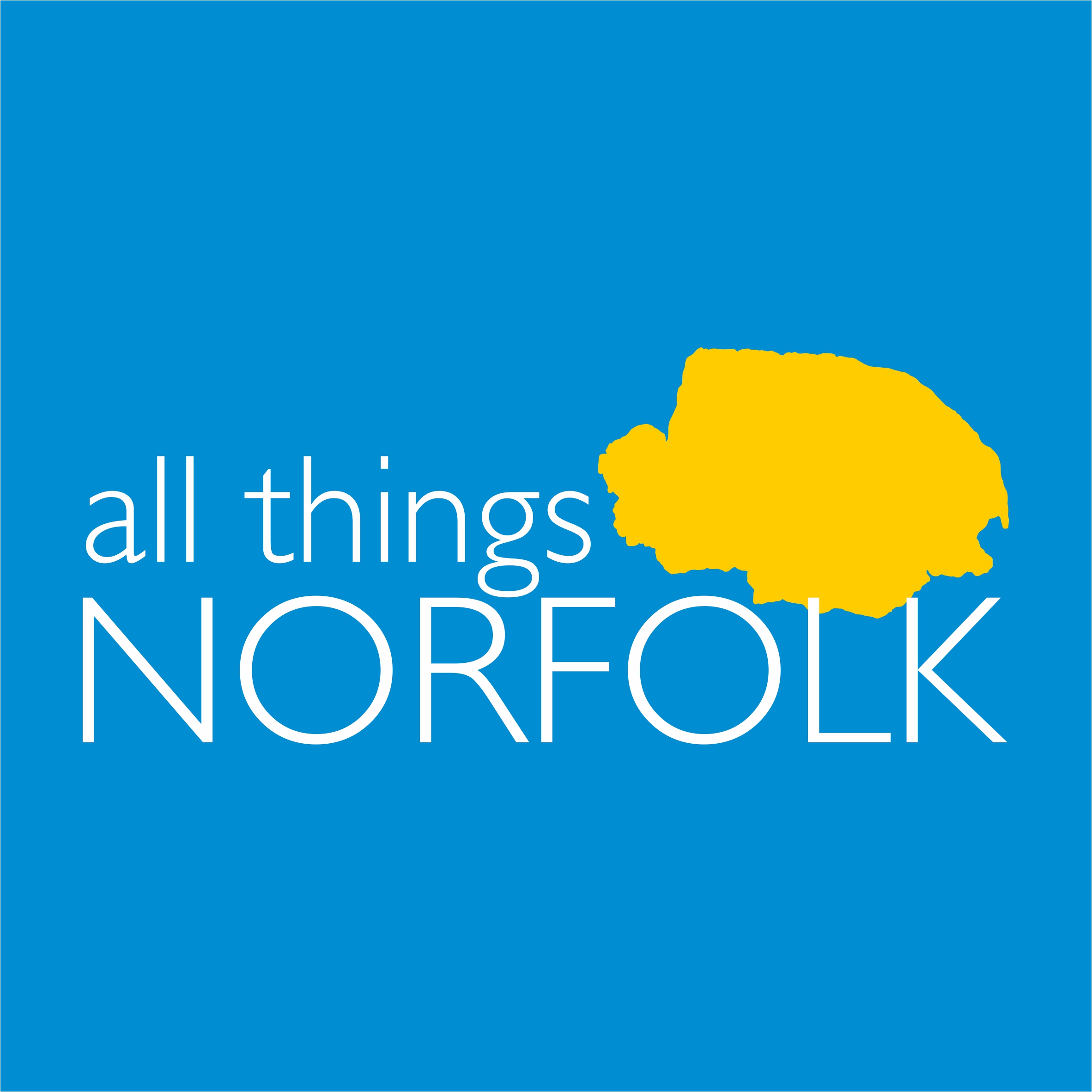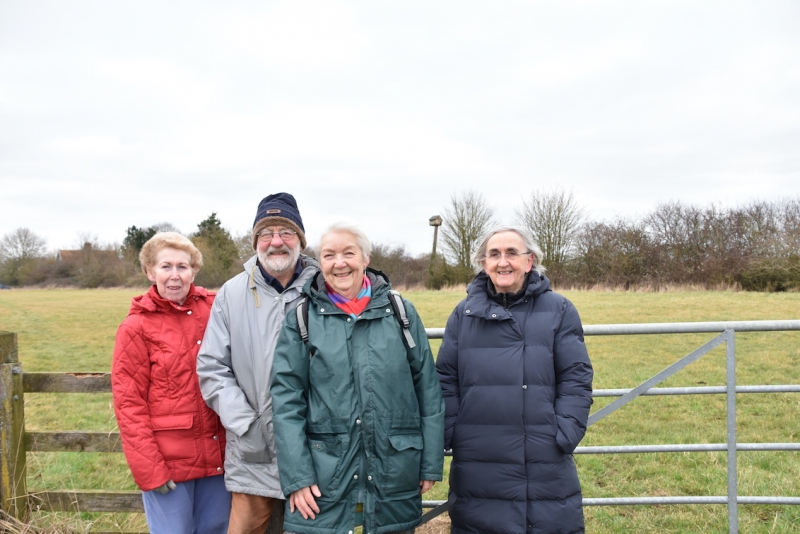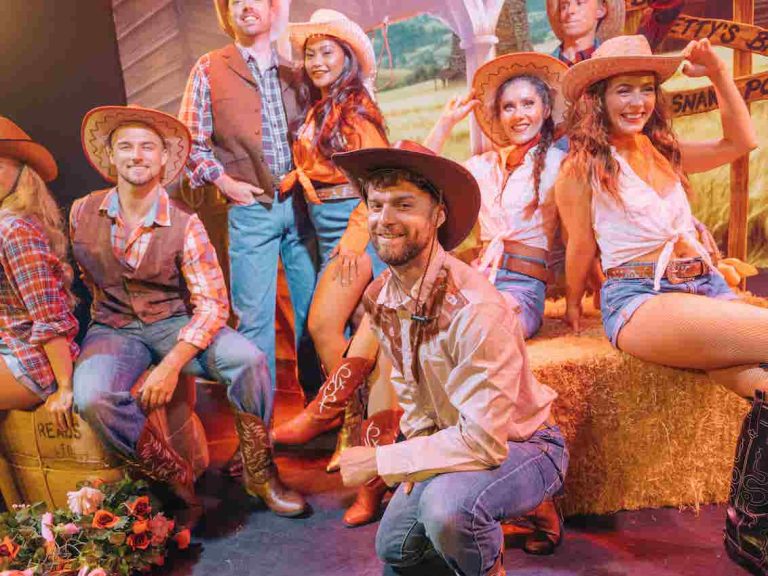South Norfolk Council has recently carried out works at Boyland Common, a County Wildlife Site that has flourished over the past decade thanks to the dedication of local volunteers.
The Council has repaired the gate posts and resurfaced the parking bays at the 3.4 hectre site, which has been cared for by a group of local residents since its restoration over a decade ago.
South Norfolk Cabinet Member for the Environment, Cllr Keith Kiddie, said: “This is a beautiful site that is home to a diverse range of rare botanical species and supports a wide variety of wildlife. It’s important we work with local people to maintain these special places that have been part of the community for centuries.”
In 2009, the Common was badly neglected and a hotspot for fly tippers. With the support of South Norfolk Council, the Parish Council recruited volunteers from the community and set up the ‘Friends of Boyland Common’.
The group successfully secured funding from the Community Spaces Groundworks Lottery Fund to pay for much of the work that was needed to bring the Common back to life.
By 2012, with help and advice from South Norfolk Council and the Norfolk Wildlife Trust, the ditches had been reinstated, gates installed, ground cleared and the work completed.
Local people continue to act as custodians of this precious piece of land, trimming back the willows, pollarding trees and helping the wildlife to thrive. The local farmers also do their bit, cutting the hay each year to ensure wildflowers continue to prosper.
Resident, Rita Dent, said: “Commons are remarkable as they provide a free resource for everybody to enjoy. This one pre-dates the Norman conquest and is a very important part of Norfolk’s history and of local tradition. Surrounded by intensively farmed fields, this pocket of nature, supports a wide range of rare flora and fauna.”
Established wildflower hay meadows like Boyland Common can support fifty plants per square meter, vital for pollinators such as bees, butterflies and certain species of birds.
The Common is home to rare botanical species, including green-winged, bee and early purple orchids, Adder’s-tongue fern and Pepper saxifrage. It also hosts a rich variety of wildlife, including barn owls, brown argus butterflies and pipistrelle bats.
Volunteer Pamela Ross, said: “This is a very special place, much-loved by the local community and I’m pleased we can look after it and preserve it for future generations.”




